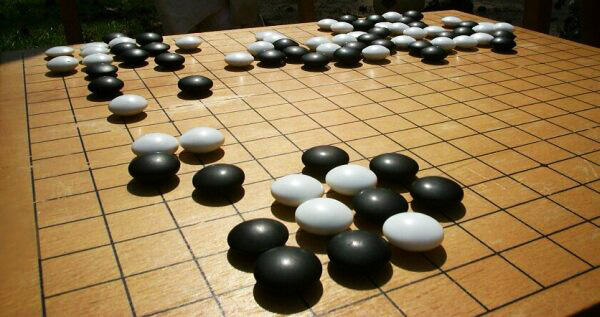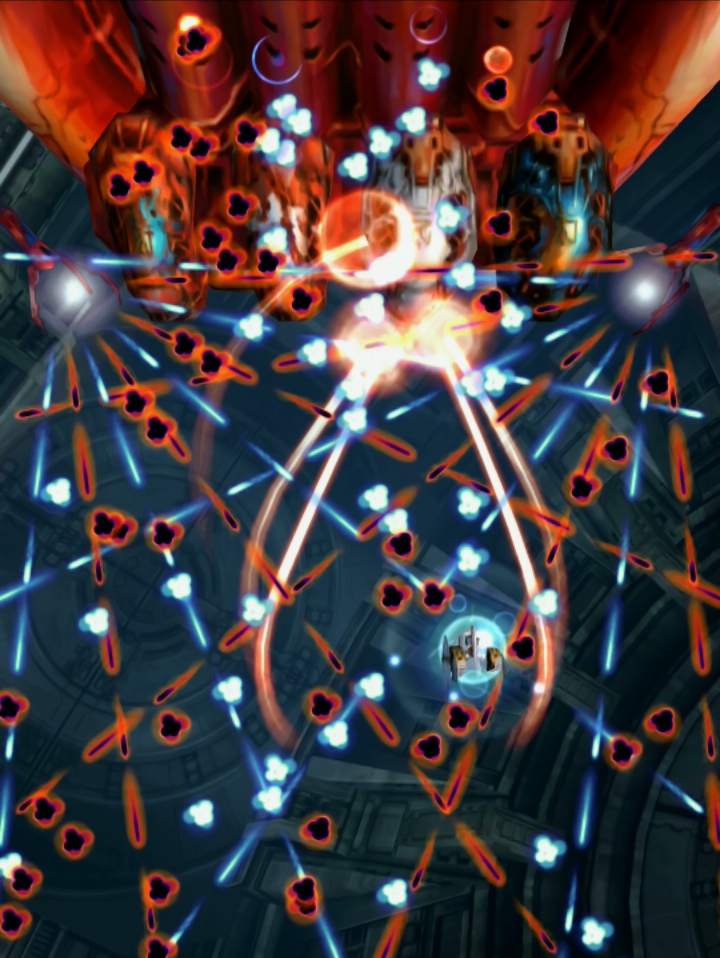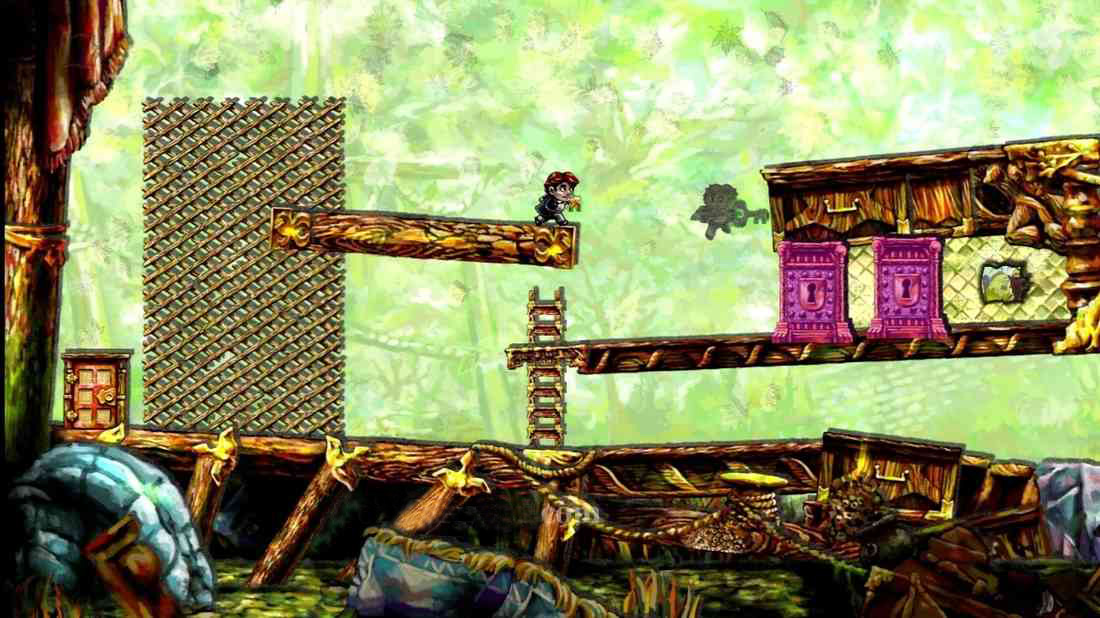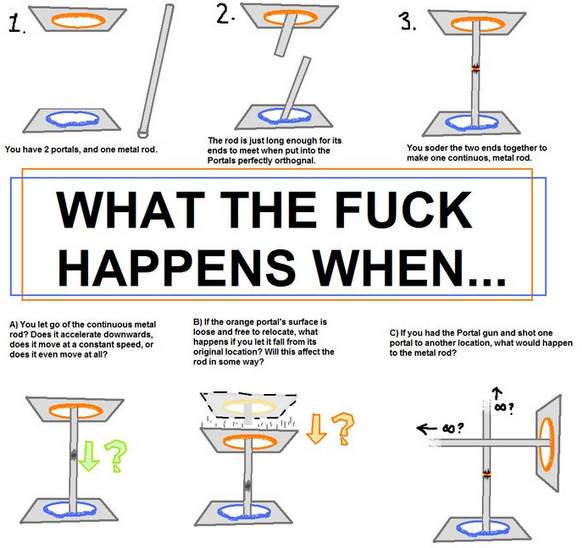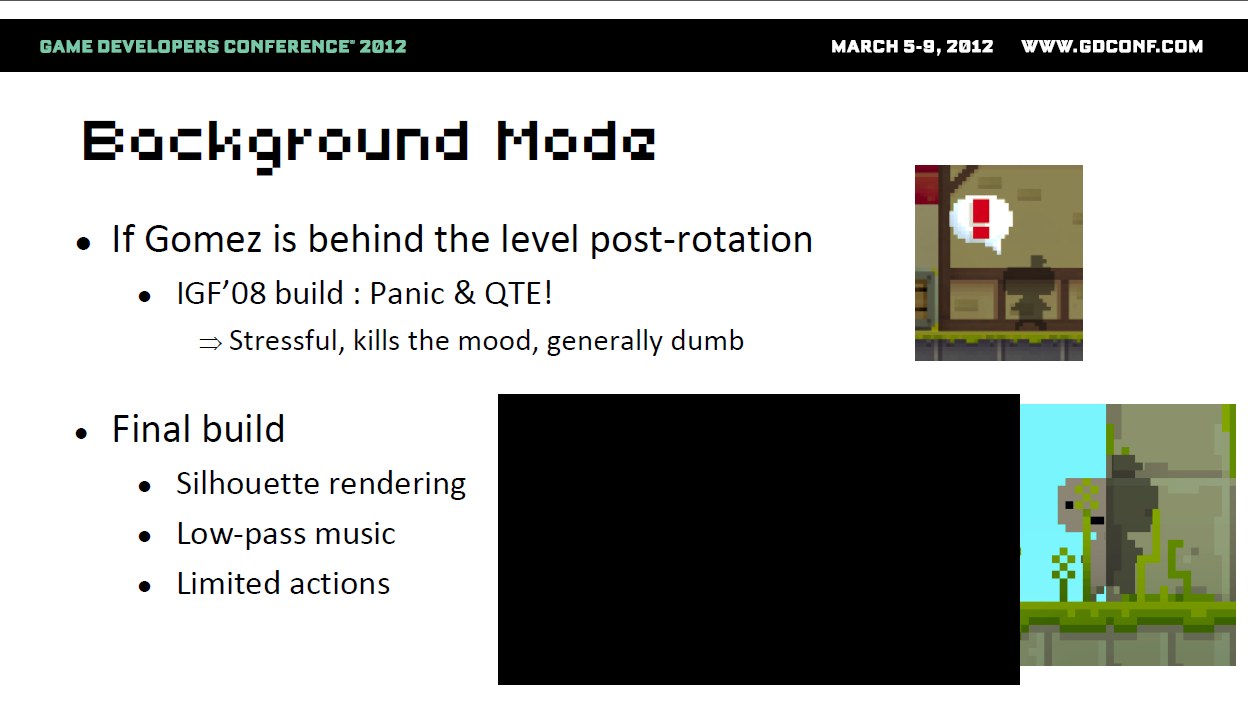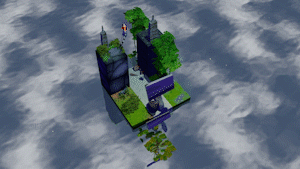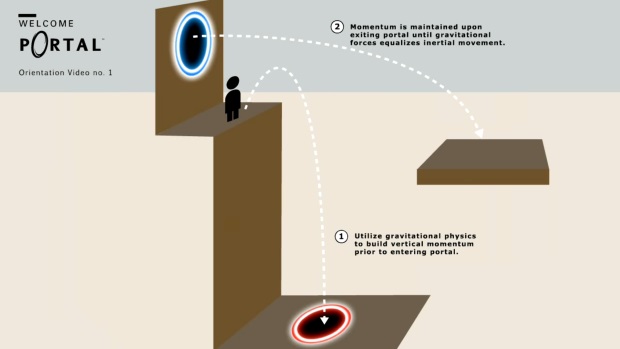When looking across worlds the windmill appeared strange, its swift blades moving in and out of sight. I could hear their faint echo ripple through the dry desert air.
There’s something very mysterious about a fourth spatial dimension. We can’t directly see or touch it. We don’t know if it exists, and if so in what form. It is difficult imagine, because our sensory system is built for three dimensions. Furthermore, most people have never tried imagining it at all.
And yet Miegakure can be understood and played by any random puzzle-game player, at PAX for example. How come?
[I messed] about with this strange toy until I quickly understood most of the problems that I faced. – Jim Rossignol (Rock Paper Shotgun)
When I did finally get it, I realized how fantastic Miegakure could be. –Tyler Wilde (PC Gamer)
It’s amazing how fluid the transitions between dimensions are, and how much sense it makes once you play. –Chloi Rad (IGN)
For me the main reason might be the fact that Miegakure starts by purposefully framing the fourth dimension from a particular point of view, one that we are very familiar with, that of parallel universes.
Think of a stack of paper, each piece of paper is a 2D square, but together they form a 3D cube. Each piece of paper is literally parallel to the other pieces of paper; they don’t intersect. The same thing happens in lower dimensions: we can build a 2D square out of parallel (1D) line segments, or a line out of (0D) dots. This pattern works in any number of dimensions: we can think of a 4D cube as being a stack of parallel 3D cubes. They are stacked along the fourth dimension.
So a 3D world can be seen as a stack of 2D spaces, as is shown in the trailer:
Similarly, the fourth dimension can be seen as literally parallel universes (A 4D world can be seen as a stack of 3D spaces). The fourth dimension is a way to mathematically define parallel universes in a rigorous way.
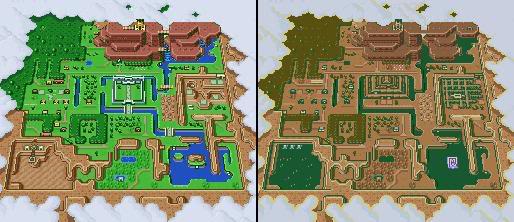
As a culture, we have been thinking about parallel worlds for a long time. Here’s a long list of Parallel Universes in Fiction on Wikipedia, going back to Through the Looking-Glass and The Lion, the Witch and the Wardrobe.
Some parallel universes are completely separate from each other, but some are connected in some way. In games there’s the Dark World and the Light World from Zelda A Link to the Past and A Link between worlds. There are also parallel worlds that are the same world but at different times, like Back to the Future, and Chrono Trigger.
Miegakure happily leverages all this experience we have thinking about parallel universes, but extends the concept as contained in the concept of 4D space.
I find it a bit similar to skeuomorph interfaces used previously on the iPhone, where for example the calculator looked like an actual old calculator. “it makes it easier for those familiar with the original device to use the digital emulation by making certain affordances stronger.” [Wikipedia] We can recreate something that people are familiar with, but also extend it, freed from the physical limitations.
In Miegakure, especially at the beginning of the game, to help players understand the game we texture the ground differently at intervals, to group parallel worlds together and visually differentiate them. So the first main thing that needs to be figured out when playing Miegakure is how do the literally parallel worlds (that are a natural consequence of a 4D world) manifest themselves in the game. How do you move between them? How do they relate to each other? Which point in one world is closest to this other point in another?
While any interaction with a video-game is very instinctive (especially at first, and since I chose to make the game teach non-verbally), at a basic level these questions do have relatively simple answers that can be expressed in words, in part because of the vocabulary we have built for parallel universes.
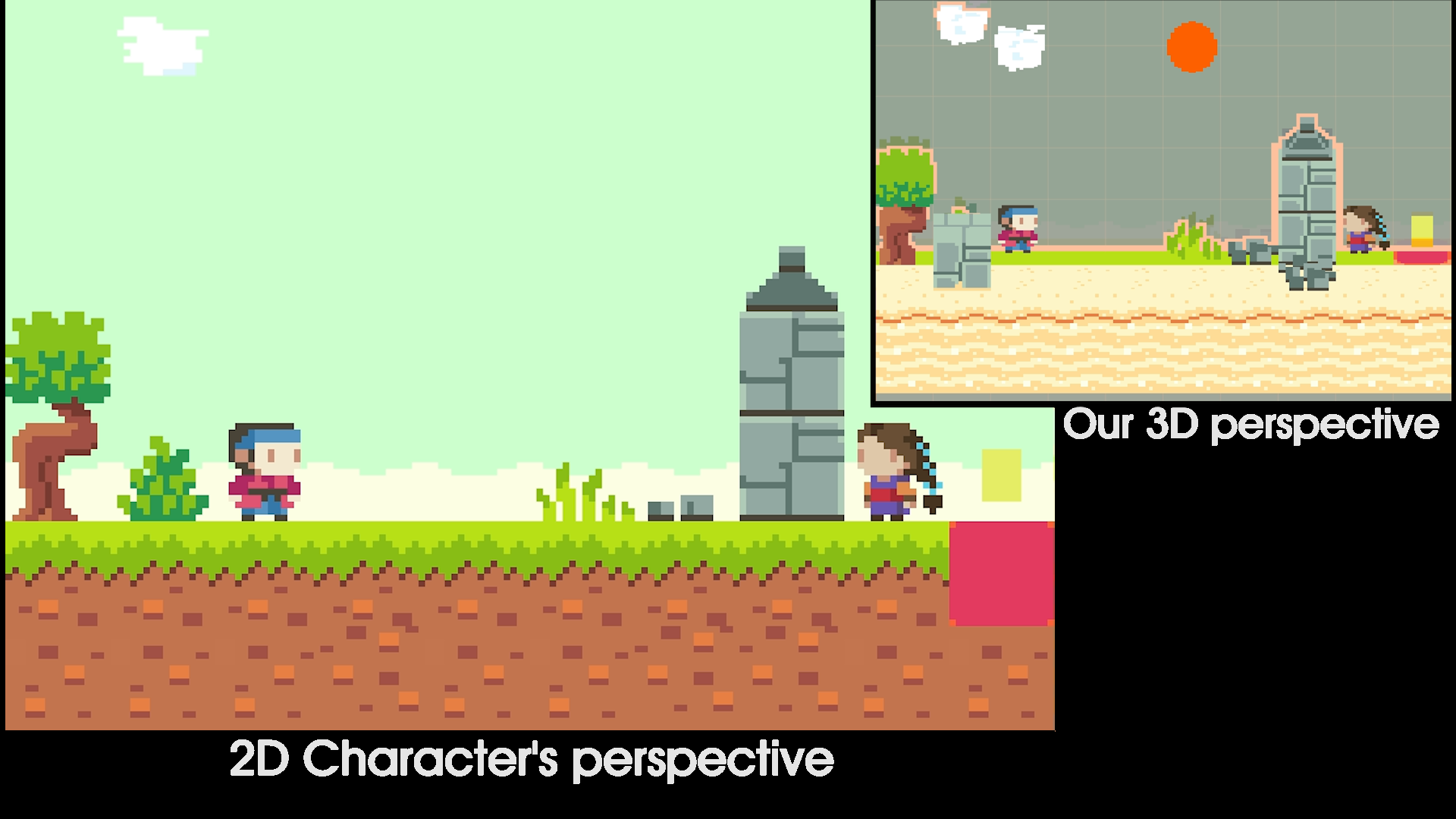
Of course, A 4D world is more than an stack of independent 3D worlds, just like a 3D world is more than an stack of independent 2D worlds.. Something deeper is going on, something that takes longer to grasp. Something that players tend to feel but can’t express in words.
For example, while these worlds are parallel, they are not necessarily independent. So while each piece of paper in our stack can contain its own 2D world, independent of all the other worlds, this stack is different from a cube, which is a single continuous object. If we still insist on seeing the 3D object from a multiple-2D-worlds perspective, we can say that the worlds can somehow be connected/attached to each other. They can also rotate together by rotating the whole thing, etc…
Furthermore, a true 3D object might look very complicated and confusing if we only saw it through 2D slices. And so similarly if you look at the shape at the beginning of the 2nd trailer or the end of the first, you can see that it is not made out of layers (parallel worlds). It is a 4D shape called the 120-cell.
My design goal in creating Miegakure is to use the very familiar concept of parallel worlds as a strong foundation for understanding, acknowledging it as a part of the concept of a fourth dimension, but to not limit the game to it. Since the game is properly programmed in 4D if players wish to dig deeper there are plenty of things to discover and try to understand, things that I sometimes don’t even fully understand myself.

